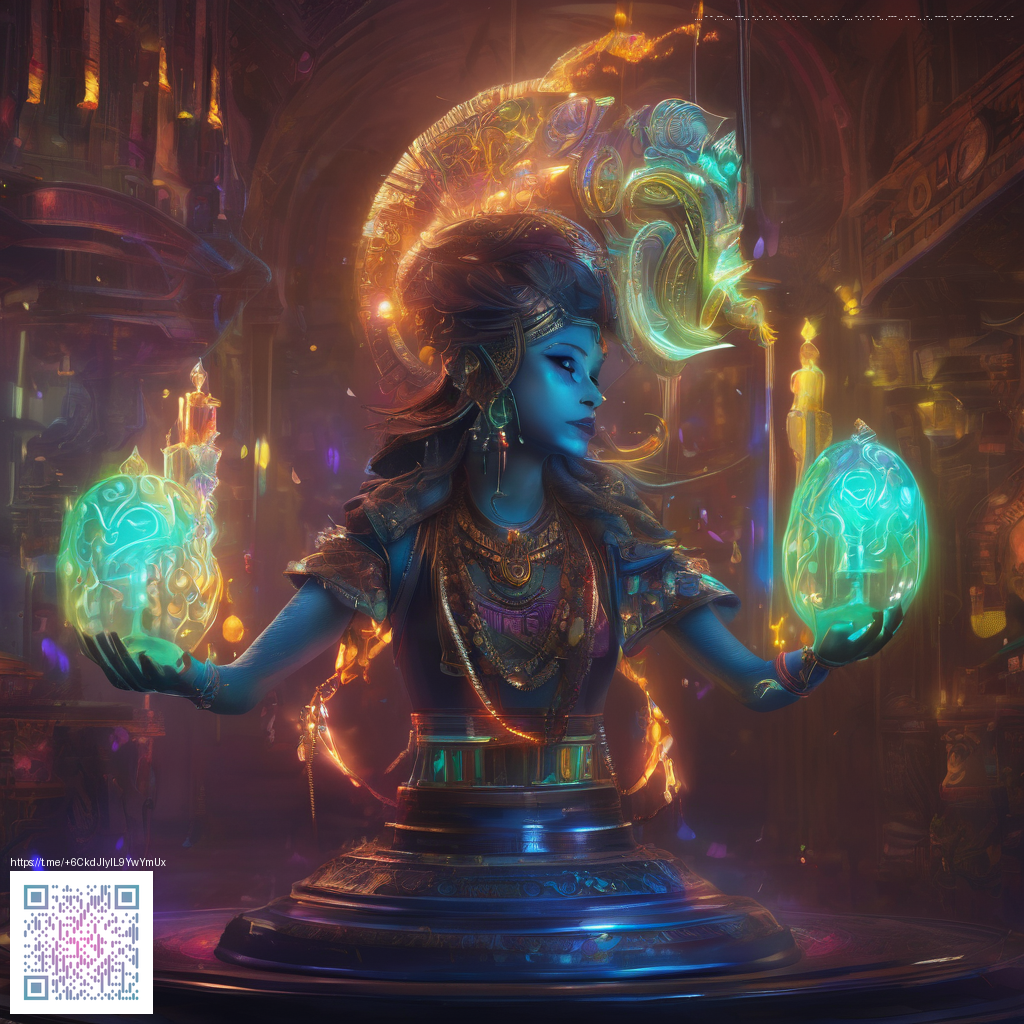Fan Art and the Evolution of Gaming Culture
Fan art has long been the visual heartbeat of gaming communities, turning players into co-creators and transforming beloved characters into living, rooms-of-art where imagination runs wild. From simple doodles on message boards to intricate digital paintings and 3D sculptures, fan art has helped shape how we talk about games, how we celebrate victories, and how we process losses. The phenomenon isn’t merely decorative; it’s a social practice that reinforces belonging, showcases diverse talents, and expands a game’s identity beyond its official narrative.
From Doodles to an International Movement
In the early days of gaming, fan creations lived in the margins—on fan sites, zines, or the occasional forum thread. As online communities grew more vibrant, artists began sharing work at a scale never seen before. Today, a single illustration can travel across continents in minutes, influencing not just other fans but developers and publishers who recognize the power of a passionate, engaged audience. This evolution has transformed fan art from a pastime into a cultural force that can redefine a game’s visual language and its emotional resonance.
“Fan art is more than affection for a character; it’s a dialogue. It invites players to contribute, critique, and reinterpret the worlds they love.”
What makes this dialogue so potent is how it blends technical skill with personal storytelling. An artist might reinterpret a hero’s silhouette in a new style, reframe a side character into a central figure, or capture a moment of gameplay that official art might overlook. Each piece adds nuance to the game’s mythology and invites others to see it through a different lens. This shared creative process strengthens community bonds and nurtures a culture of mutual support among creators of all levels.
Ways Fan Art Shapes the Gaming Ecosystem
- Identity and belonging: communities rally around distinctive art styles, forming subcultures that welcome newcomers.
- Skill development: artists learn through critique and collaboration, refining technique and storytelling cadence.
- Marketing feedback: fan-made posters, wallpapers, and trailers can spark official campaigns or tonal shifts in sequels.
- Cross-media opportunities: art can lead to official collaborations, merchandising, or in-game skins that celebrate player creativity.
- Educational value: many artists share tutorials that demystify digital painting, concept art, and prop design, helping aspiring creators grow.
For those who want to bring fan art into daily life, the connection between creativity and utility is increasingly visible. For example, a product such as a glossy, durable case with wireless charging can serve as a canvas for fan art in a practical, everyday context. If you’re curious about a real-world example, you can explore a related product here: Ultra-Slim iPhone Case with Wireless Charging.
Curating and sharing artwork also happens in curated visual galleries. A vibrant collection of fan art assets and exhibitions offers a window into the community’s breadth and depth. A noteworthy showcase can be found at this gallery page, illustrating how fans interpret games across genres, eras, and platforms. The imagery here demonstrates the diversity of styles—from pixel precision to painterly realism—and how they coexist to enrich the broader gaming narrative.
Art as Community: Stories Behind the Creations
Beyond aesthetics, fan art embodies the stories of players—where they come from, what games mean to them, and how art helps articulate those meanings. A character who once existed only as a sprite can become a symbol for a fan community’s shared experiences, memories of late-night co-op sessions, or the thrill of discovering a hidden corner of a world. When creators share their process—sketching, blocking, lighting, and color choices—they invite others to participate in the journey, making art a collaborative act rather than a solitary gratification.
In this sense, fan art is not just about copying what’s there; it’s about imagining what could be there, and in the process, shaping what the game becomes for future players.
- Embrace multiple styles: there’s room for everything from retro pixel art to contemporary digital painting.
- Share generously: constructive critique helps everyone grow, and credits ensure artists gain visibility and recognition.
- Document your process: step-by-step reveals inspire others and demystify techniques.
- Support creators: purchasing prints, merch, or commissions sustains a thriving ecosystem that benefits the entire community.
As fans, we’re not merely observers; we’re co-authors of gaming culture. The conversations we start, the art we praise, and the collaborations we encourage ripple through studios, conventions, and classroom walls alike. The ongoing evolution of fan art mirrors the evolution of gaming itself: open, collaborative, and relentlessly imaginative.
